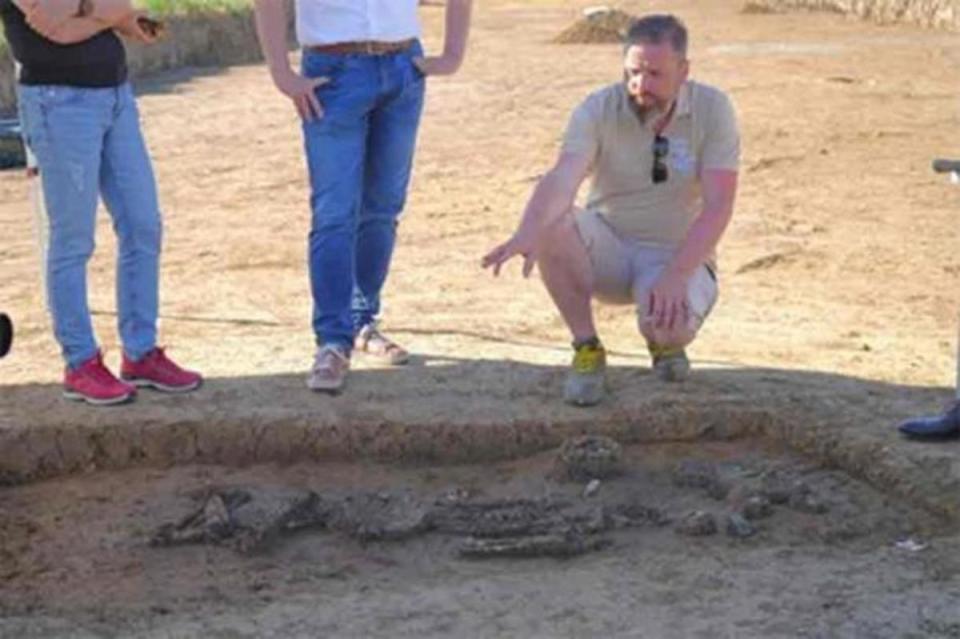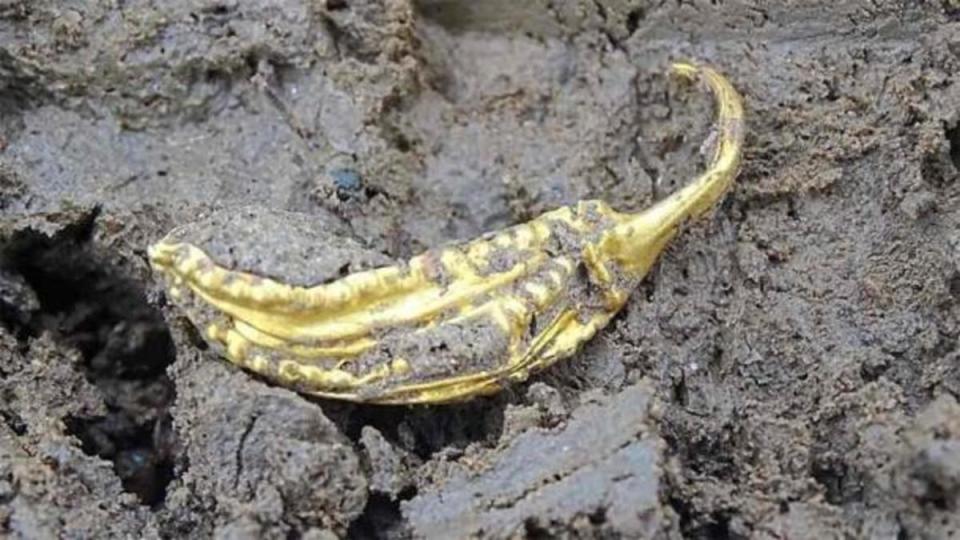Human Remains, Burial Tokens Uncovered at Bizarre Neolithic Gravesite in Germany
Construction workers building a residential complex in Eichendorff, Germany, within the Dingolfing-Landau district, unearthed human remains and burial trinkets from a bizarre Neolithic burial site, Ancient Origins reported. This particular area in the town of Exing has long been recognized as a notable Neolithic site, but the latest discovery sheds new light on the day-to-day life and burial rituals of the time.
When the construction crew came across a skeleton, they immediately called in district archaeologist Florian Eibl. Eibl deduced, based on the method of burial and items contained within the grave, that the plot dated back to 4,800 B.C. He likewise believes the skeleton is that of a village leader, comparable to a mayor, considering the wide array of trinkets buried alongside this person.

Dingolfing-Landau District
Found in the coffin were body painting dyes as well as a number of decanters used for holding liquids and food, which were likely intended as sustenance on this person’s journey to the afterlife.
Most noteworthy were the presence of a stone ax and an adze, which is somewhere between an ax and a trowel. Experts say this particular combination is exceedingly rare to find in graves. Also found in the coffin was a split boar’s tusk and several pieces of jewelry, further illustrating this person’s status in the village.

Dingolfing-Landau
3D photographs were taken of the grave so that officials may further analyze and preserve the findings. Meanwhile, the skeleton will undergo testing by an anthropologist.
“This sensational find shows us that there was fertile soil in the district 4,500 years ago,” marveled Eichendorff’s District Administrator, Werner Bumeder. “This find allows us to explore the past a little further."

